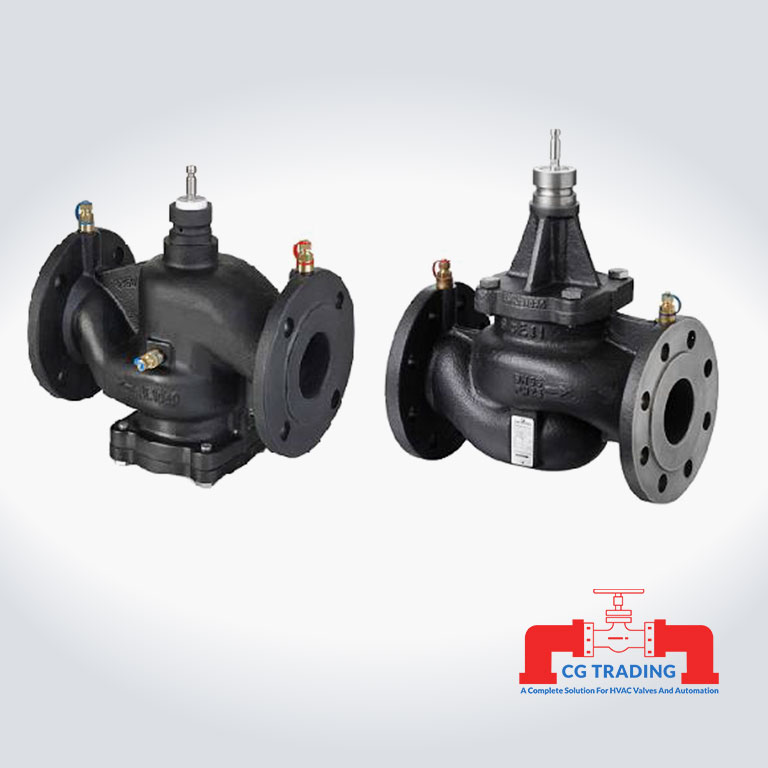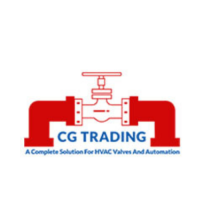What is a Motorised Valve and How Does it Work?

Strong 8k brings an ultra-HD IPTV experience to your living room and your pocket.
A valve powered by an electric motor is known as a motorised valve. They are useful for applications such as agricultural irrigation, aviation deicing, and automatic fire suppression. The electric motor is suitable for both linear valves, such as gate valves, and rotational valves, such as ball valves and butterfly valves. There are no substantial variations in internal components between motorized and manual valves; the main difference is in the inputs that regulate valve function.
Valves play an important part in fluid flow systems, whether they are garden hoses or hydroelectric power-producing systems. When valves are too huge and need a lot of torque to operate, or when valves are in remote places, inaccessible locations, or must be operated regularly when facilities or factories are unmanned. To address these issues, motorized valves are employed.
How do Motorised Valves work?
Motorized valves operate on the same concept as manual valves. The sole difference is their operating system. Manual valves must be operated by an operator using a hand lever or gear wheel. While motorized valves feature an electrical actuator, which easily operates the valve with electricity. The motorised valves can be opened and closed remotely or via an automated system.
Construction of Motorised Valves
Motorised valves are proportional valves used to regulate or continually alter the output flow. The valve has two wear-resistant ceramic discs with opposing triangular flow holes (a ball valve variant is also available). The discs open the flow aperture by rotating at a 90-degree angle in response to the electric signal. Adjusting the opening angle of the discs allows for different flow volumes. The matched shape of the two disks results in a practically linear flow characteristic.
The maintenance-free electrical servo drive is made up of strong reversible motors, with options for direct current (DC), synchronous, and stepper motor designs to fit the kind of control system available.
Types of motorised valves
Motor-operated valves exist in a variety of configurations, each tailored to a specific use. In this section, we'll look at five main types of MOVs and explain their differences and applications.
1. Quarter-Turn Valves.
To fully open or close a quarter-turn valve, just turn the valve stem a quarter turn. This category contains ball and butterfly valves. Ball valves are commonly employed in applications requiring precision shutdown, such as the oil and gas sector. Butterfly valves, on the other hand, are used in applications where rapid actuation and control are required.
2. Multiple-Turn Valves
To open or close a multi-turn valve, spin the valve stem many times. This category includes both globe and gate valves. Globe valves are suitable for applications requiring precision control, such as controlling steam flow in power plants. Gate valves, with their strong construction, are commonly used in applications that need on/off control, such as water distribution.
3. Linear Valves
Linear valves use linear motion to open and close the valve. Examples of this type include diaphragm valves and pinch valves. Diaphragm valves are employed in the pharmaceutical and food processing sectors because of their superior sealing characteristics. Pinch valves are used to regulate corrosive or abrasive fluids.
4. Electrical Valves
Electric valves are powered by an electric motor, which provides precise control and automation. They are widely utilized in HVAC systems, water treatment facilities, and other sectors that require automated control. These valves provide efficient and dependable performance, making them necessary.
Manual or Motorised Valves?
Valves are widely used in industrial plants, especially in the chemical, petrochemical, water supply, and electrical sectors, as well as numerous processing industries. There are two sorts of valves: manually opened valves and motorised valves that may be controlled in close proximity or from a distance. It is not always worthwhile (or practical) to motorise each valve. For starters, this demands a considerable initial investment as well as ongoing maintenance expenditures; second, it is not always required to attach an actuator to every valve. Finally, in certain circumstances, it is just not physically feasible to install a permanent actuator, either because the valve is too old or because it is in an isolated position with no available power source.
The benefit of motorized valves is that they can be operated often and without effort.
They are used mostly for regulation and can be controlled or piloted using an electric or pneumatic servomotor.
Manual valves are less prevalent. They are frequently isolation valves or valves designed to secure a portion of the network. These valves may not be able to be motorised for budgetary or technical reasons, and must be manipulated manually by operators using a handwheel.
Manual valves have several drawbacks. They can be difficult to operate, especially if they are jammed, difficult to reach, or need many turns, resulting in a lengthy and demanding process for operators.
In addition, manual valves must be maintained and activated frequently to avoid seizing. Unfortunately, such preventative measures are rarely applied as much as they could be, owing to time restrictions and, undoubtedly, because the work might be difficult for the operators. However, the less a valve is cranked, the more difficult it is to open, and the condition worsens.
Manipulation issues might potentially pose health and safety risks. Operators who use manual valves regularly are vulnerable to injury or occupational health issues.
In short, there is a possibility of manual valves being used improperly or seldom. Because they are difficult to operate, they are only opened when essential and are rarely utilized, posing safety risks to both the equipment and people. But what if we could make it easy to turn manual valves? A basic instrument for swiftly and safely operating valves and handwheels.
Conlcusion
Motorised valves provide more accuracy, efficiency, and longevity, making them the better choice for long-term industrial and commercial use. Choosing the proper valve is dependent on your unique requirements. Motorized valves are used in applications requiring modulating control, energy economy, and dependable operation.
Note: IndiBlogHub features both user-submitted and editorial content. We do not verify third-party contributions. Read our Disclaimer and Privacy Policyfor details.


